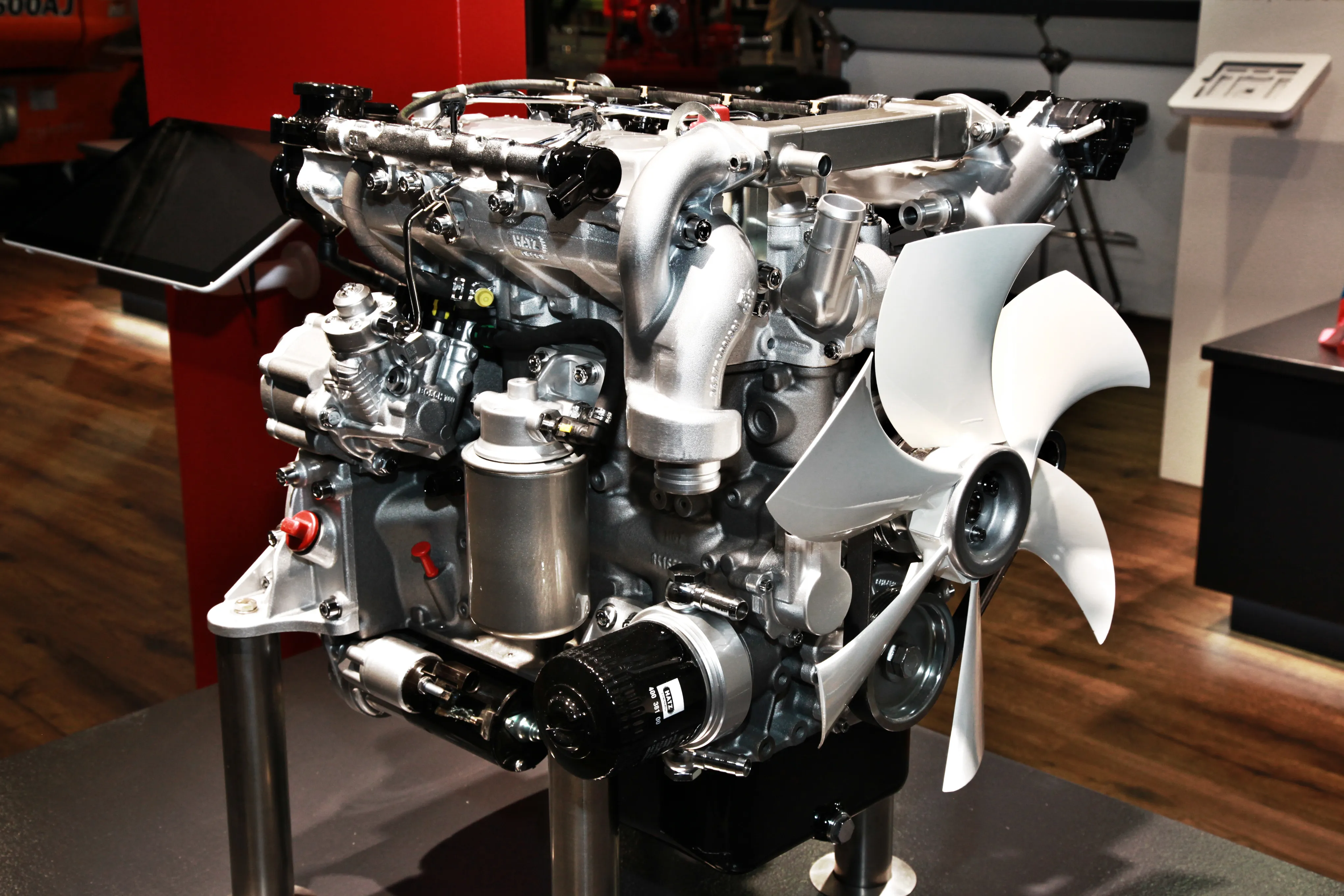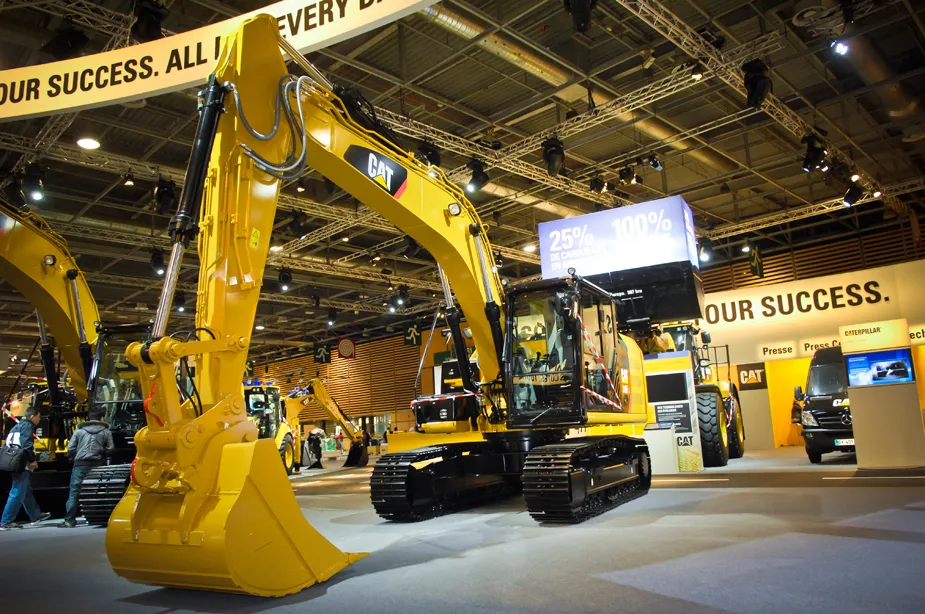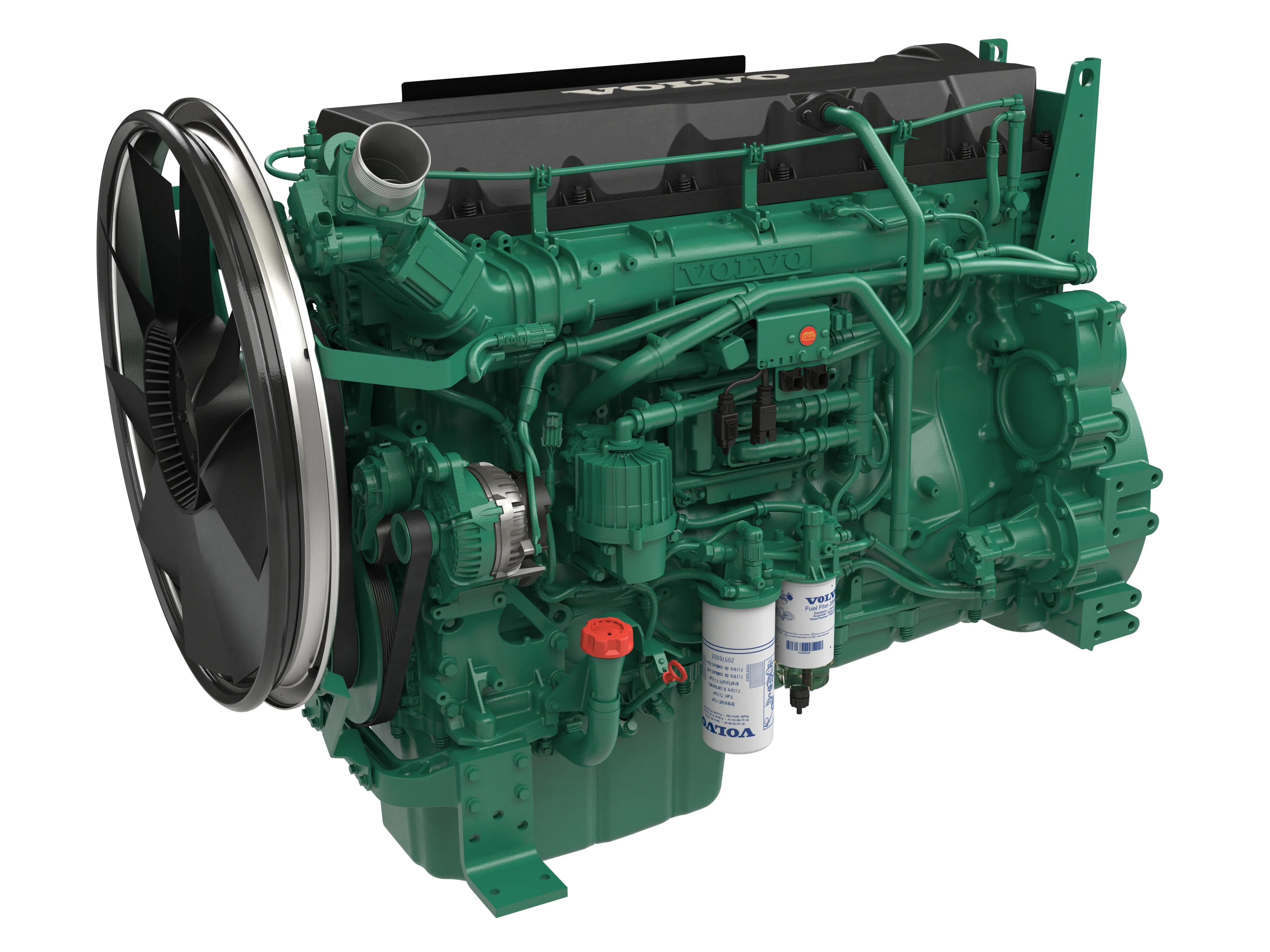Hatz is celebrating the American introduction of its water-cooled multi-cylinder 4H50TIC turbo engine at Conexpo 2014. The engine is said by the German diesel engine manufacturer to set several new standards in its class.
The two-litre model became available to buy in January 2014 and has a maximum power of 55kW and a maximum torque of 240Nm. Including starter and alternator, the 4H50TIC weighs just 173kg, said by Hatz to be a saving 90kg compared to its next competitor. As a result, the engine is said by
January 6, 2017
Read time: 3 mins

The two-litre model became available to buy in January 2014 and has a maximum power of 55kW and a maximum torque of 240Nm. Including starter and alternator, the 4H50TIC weighs just 173kg, said by Hatz to be a saving 90kg compared to its next competitor. As a result, the engine is said by the firm to have the lowest power to weight ratio in the power class up to 56kW.
Due to the new combustion process iHACS (intelligent Hatz Advanced Combustion Strategy) and optimised combustion chamber geometry, combined with the sophisticated technology of the
Apart from the technical data, the engine also scores high marks with low cost of ownership; firstly because of a low fuel consumption of 205g/kWh (best point), and secondly because of a long service interval of 500 hours.
The 1D81C Aircon APU, also being exhibited by Hatz at Conexpo, combines an air conditioning compressor with a generator and is driven by an air-cooled diesel engine. Application areas for the Aircon APU are primarily construction machines, which are driven by a large engine.
The Aircon APU supplies cooling air to the machine cab via the compressor and simultaneously charges the batteries of the machine. Depending on the requirements, the system can be operated with various Hatz engines. The Aircon APU consumes approximately 2.1litres/hour. The system is said by Hatz to save up to 16,000litres of fuel a year, so, the firm claims, it will pay for itself after 12-15 months.Furthermore, the Aircon APU gives security against upcoming non-idling laws in the US that prevent the use of the main engine for air conditioning during idle time. Because of their compact size, the 1D81C Aircon APU can be easily integrated into existing applications.
%$Linker:







